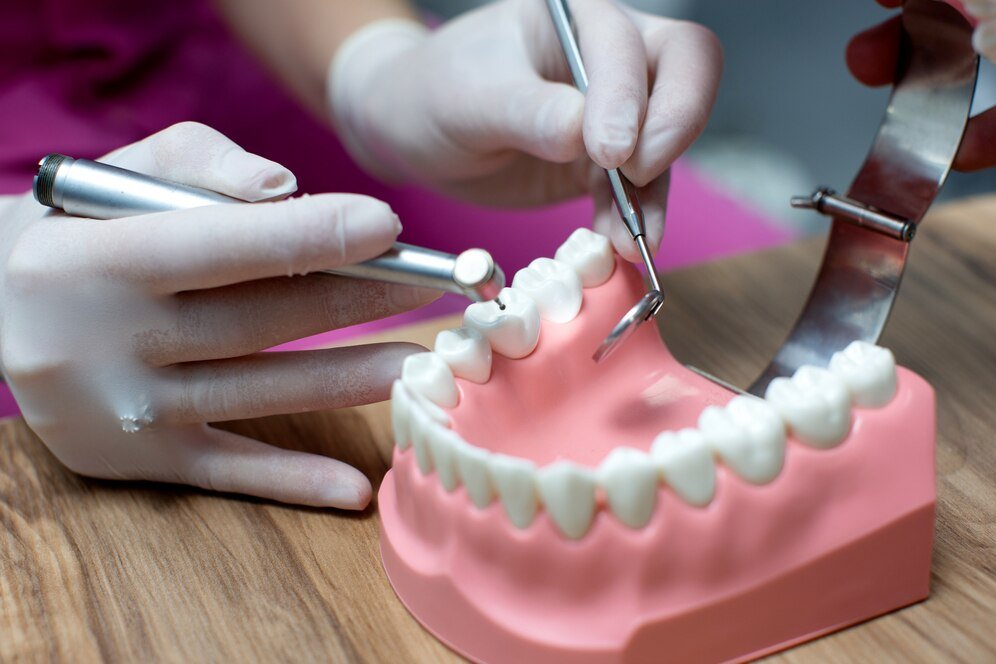Dental crowns, also known as caps, are versatile restorations used to cover and protect damaged or weakened teeth, restoring their appearance, function, and strength. These tooth-shaped prosthetics are custom-made to match the color, size, and shape of natural teeth, providing a seamless and natural-looking result. Here’s an in-depth look at dental crowns:
Purpose: Dental crowns are used to address a variety of dental issues, including:
Tooth Decay: Crowns can restore teeth that have been significantly damaged by decay, providing a protective covering that prevents further decay and restores function.
Fractures: Teeth that are cracked or fractured can be strengthened and protected with crowns, reducing the risk of further damage or tooth loss.
Root Canal Treatment: After root canal therapy, a crown is often placed over the treated tooth to protect it and restore its function.
Cosmetic Enhancement: Crowns can be used to improve the appearance of misshapen or discolored teeth, creating a more aesthetically pleasing smile.
Support for Dental Bridges: Crowns are used as abutments to support dental bridges, replacing missing teeth and restoring bite function.
Covering Dental Implants: Crowns are placed over dental implants to restore missing teeth, providing a stable and natural-looking replacement.
Types: Dental crowns can be made from various materials, including:
Porcelain: Porcelain crowns are highly durable and provide a natural-looking appearance, making them a popular choice for visible teeth.
Metal: Metal crowns, such as those made of gold or silver alloy, are incredibly strong and are often used for back teeth that require extra strength for chewing.
Porcelain-fused-to-metal (PFM): PFM crowns combine the strength of metal with the aesthetics of porcelain, making them suitable for both front and back teeth.

In conclusion, dental crowns are versatile restorations that play a crucial role in preserving and enhancing oral health. By restoring damaged teeth and improving aesthetics, crowns can help patients regain confidence in their smiles and enjoy improved dental function.
Placement Process: The placement of a dental crown typically involves two appointments. During the first visit, the tooth is prepared by removing a small amount of enamel to make room for the crown. In the second visit, the crown is placed and bonded to the tooth, restoring its function and appearance.
Care and Maintenance: Dental crowns can last for many years with proper care. Patients should practice good oral hygiene, including regular brushing, flossing, and dental check-ups. Avoiding chewing hard foods or using teeth as tools can help prolong the life of a crown.
 Call Now Button
Call Now Button